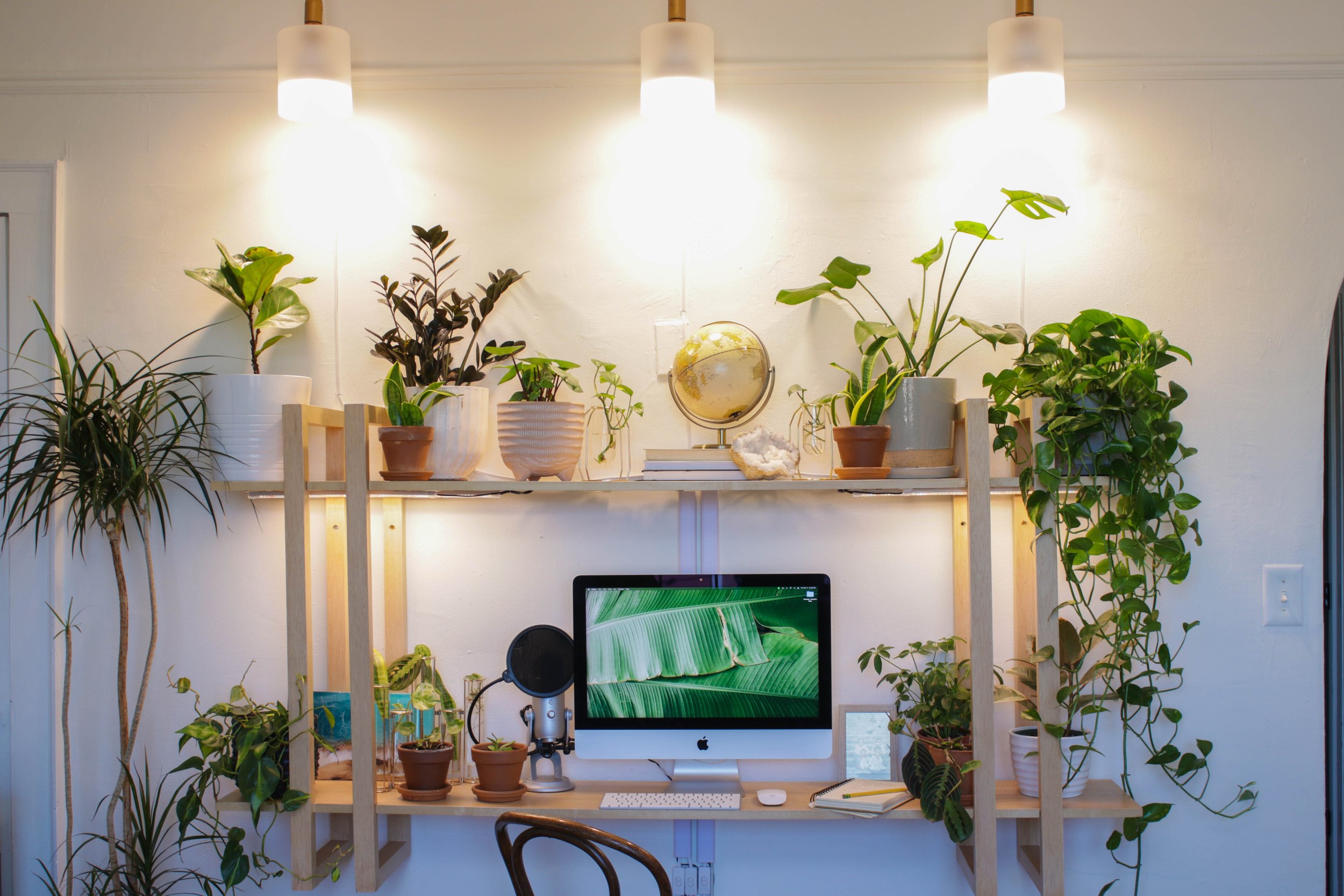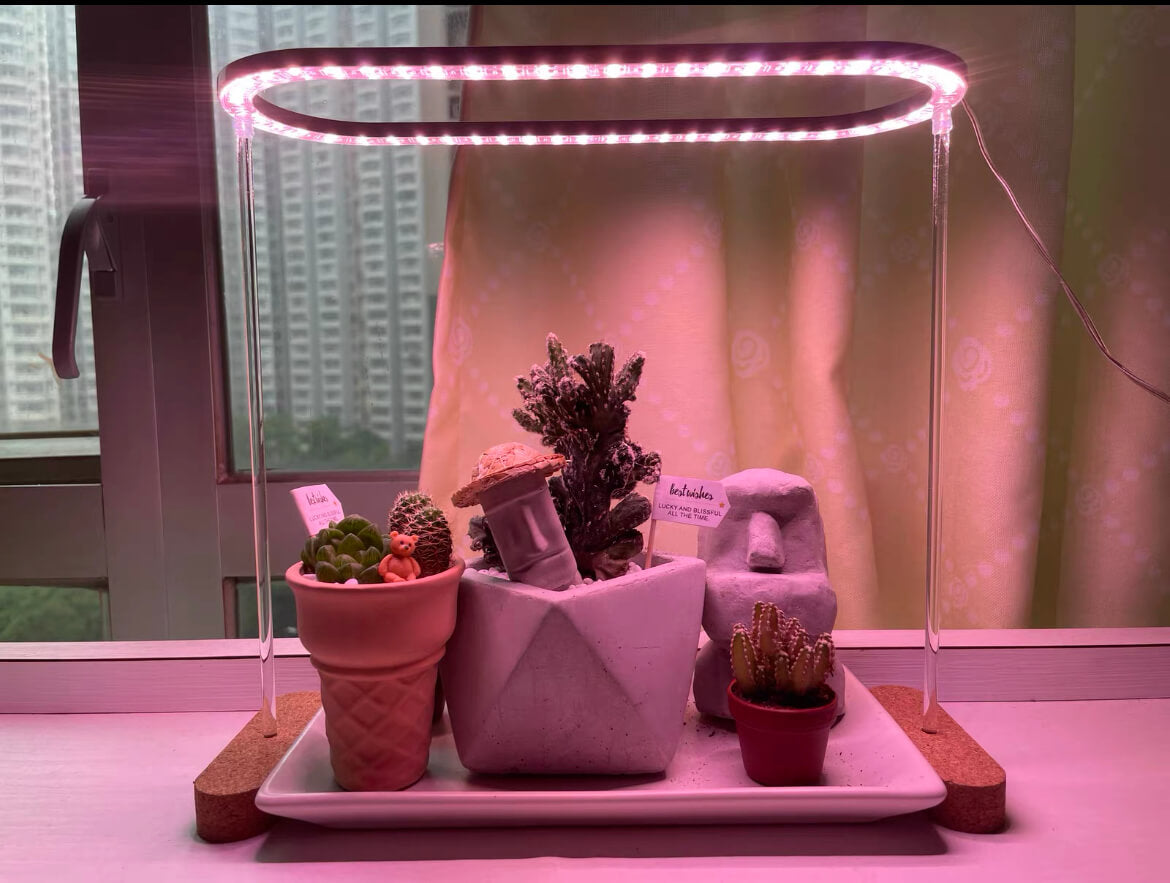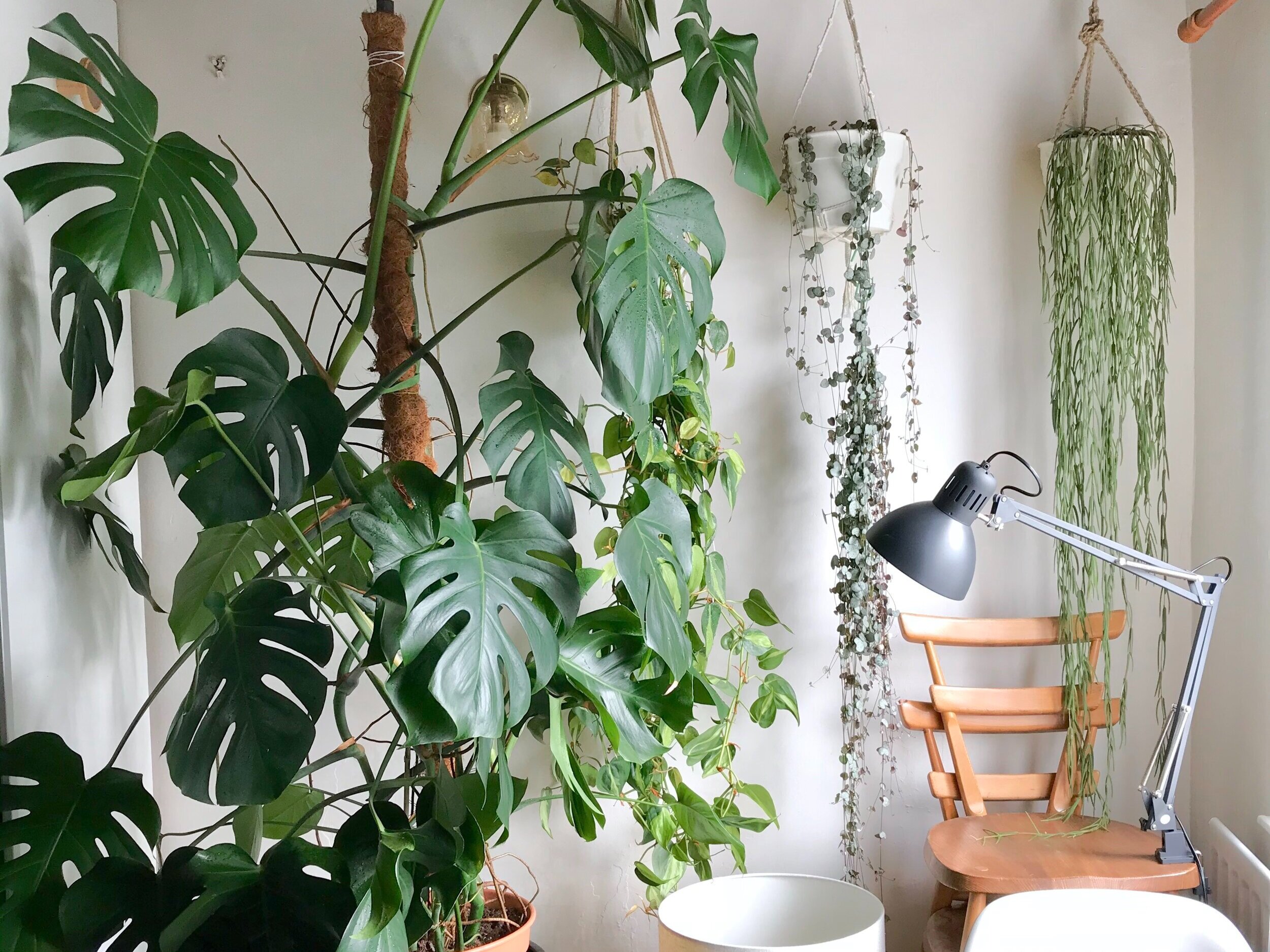Introduction to Decorative Grow Lights
Houseplants have become a staple in our homes, providing a touch of nature even in the most urban settings. As a plant enthusiast, I have learned that the right lighting can transform the growth and health of these green companions. Decorative grow lights not only serve a functional purpose but can also enhance the aesthetic appeal of your living space. In this article, I’ll share my personal experiences and insights into choosing the best decorative grow lights for your houseplants. From styles and types to essential features, we’ll cover everything you need to know!
Understanding Grow Lights: The Basics
Before diving into the decorative options, it’s crucial to understand the basics of grow lights. These lights mimic sunlight, providing plants with the energy they need for photosynthesis. Different types of plants require varying light spectrums and intensities, making it essential to choose the right type of grow light for your indoor garden.
How Do Grow Lights Work?
Grow lights emit specific wavelengths of light that are beneficial for plant growth, typically in the red and blue spectrum. Red light promotes flowering and fruiting, while blue light encourages leafy growth. Understanding these wavelengths can help you select the right light for your particular plants.
Types of Decorative Grow Lights
When it comes to decorative grow lights, there are several types to consider. Here are some popular options, each with its own charm and functionality.
1. LED Grow Lights
LED grow lights are highly efficient and have become a favorite among indoor gardeners. They produce less heat, consume less energy, and have a long lifespan. Decorative LED grow lights come in stylish designs that can blend seamlessly with your decor.

2. Fluorescent Grow Lights
Fluorescent lights are another option that many plant parents use. They are available in various color temperatures and are particularly good for seed starting and growing leafy greens. Some fluorescent grow lights come in attractive designs that can enhance your home’s aesthetic.
3. Incandescent Grow Lights
While less common today, incandescent grow lights can still be found in decorative options. They provide light that’s warm and inviting but are not as energy-efficient as LEDs or fluorescents.

Comparison Table: Types of Decorative Grow Lights
| Type | Energy Efficiency | Heat Emission | Design Versatility | Cost |
|---|---|---|---|---|
| LED Grow Lights | High | Low | High | Moderate |
| Fluorescent Grow Lights | Moderate | Moderate | High | Low to Moderate |
| Incandescent Grow Lights | Low | High | Moderate | Low |
Choosing the Right Decorative Grow Light for Your Plants
Choosing a grow light involves considering several factors based on your plant’s needs and your personal style. Here are some key points to guide your decision:

1. Plant Requirements
Different plants have different light requirements. Research the specific needs of your houseplants to ensure you match their requirements with the right type of light.
2. Aesthetic Appeal
Decorative grow lights should complement your home decor. Look for lights that are stylish and fit well with your interior design. With the variety available, you can find options that are both functional and beautiful.

3. Space Considerations
Consider where you will be placing your grow lights. The size of the light and its height will impact how effectively it illuminates your plants. Make sure to measure your space and choose accordingly.
4. Budget
Determine your budget before shopping. While some decorative grow lights can be expensive, there are plenty of affordable options that don’t compromise on quality.

Pros and Cons of Decorative Grow Lights
Like any product, decorative grow lights have their advantages and disadvantages. Here’s a breakdown to help you make an informed decision:
Pros
- Enhanced Plant Growth: Provides the necessary light for photosynthesis, promoting healthier plants.
- Stylish Designs: Available in a variety of shapes and colors to fit any decor.
- Energy Efficiency: Many options, especially LEDs, consume less power.
- Low Heat Emission: Reduces the risk of overheating your plants.

Cons
- Initial Cost: While they can save money on electricity, some decorative grow lights can have a higher upfront cost.
- Light Spectrum Limitations: Not all decorative lights provide the best spectrum for all plants.
- Space Requirements: Some fixtures can take up valuable space in smaller environments.
My Personal Experience with Decorative Grow Lights
As an avid plant lover, I’ve tried various grow lights in my home. My journey began with LEDs, primarily because of their energy efficiency and sleek designs. I was amazed at how well my plants responded! Watching my leafy friends thrive under the right light was incredibly rewarding. I eventually ventured into decorative pendant lights that not only served their purpose but also became a focal point in my living room.
Each season, I adjust the placement and type of grow lights based on the light levels of my home and the needs of my plants. It’s a fun experiment that always yields beautiful results!
FAQ: Decorative Grow Lights for Houseplants
1. What type of grow light is best for houseplants?
LED grow lights are often considered the best option for most houseplants due to their efficiency and variety of designs. However, depending on the specific needs of your plants, fluorescent lights may also be suitable.
2. Can decorative grow lights improve plant growth?
Yes! Decorative grow lights provide the necessary light spectrum for photosynthesis, which can significantly enhance plant growth and health.
3. How long should I leave grow lights on for my plants?
Most plants thrive with 12-16 hours of light per day. It’s best to adjust based on the light requirements of specific plants and monitor their response.
4. Are decorative grow lights energy-efficient?
Many decorative grow lights, particularly LEDs, are designed to be energy-efficient, helping to reduce your electricity costs while supporting plant growth.
5. Do I need to buy a special type of grow light for flowering plants?
Flowering plants typically benefit from grow lights that provide a higher intensity of red light. Many LED options come with adjustable spectrums suited for all growth stages.